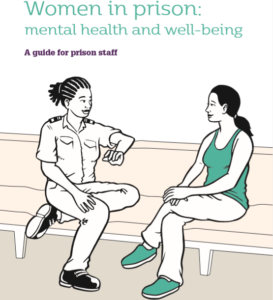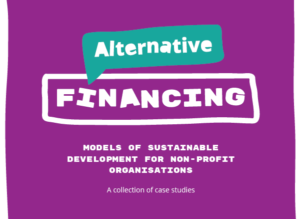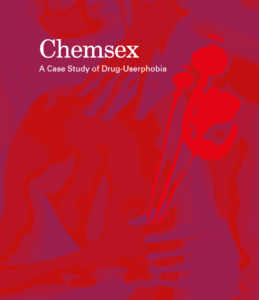Author: Irma Kakhurashvili, Georgia
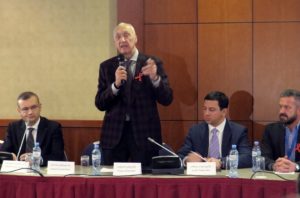
The UNAIDS 90-90-90 target, stipulating that 90% of all people living with HIV will know their HIV status, 90% of all people with diagnosed HIV infection will receive sustained antiretroviral therapy, and 90% of all people receiving antiretroviral therapy will have viral suppression, was the key issue brought up at the National Conference dedicated to the World AIDS Day in Tbilisi. The conference was organized by the Infectious Diseases, AIDS and Clinical Immunology Research and Development Centre and the Georgian AIDS Association. Its motto was ‘Test All, Treat All, End the AIDS Epidemic in Georgia!’ Conference participants signed the Declaration ‘End the AIDS Epidemic in Georgia.’ The Declaration is a summary of the key effective measures to be taken to curb the AIDS epidemic in the country.
In 2004, Georgia became the first and remains the only Eastern European country providing universal access to the antiretroviral therapy (ART), which allows significantly increasing the life expectancy and the quality of life of people living with HIV/AIDS. In the period from 2004 to 2015, AIDS mortality in the country decreased almost fivefold.
New efforts and new results needed
However, despite the significant progress in the response to HIV, there are still unresolved issues in the country.
“In Georgia, the main problem is that a big number of new HIV infections are not diagnosed. 2010-2016 data confirm this trend. That is why the total number of HIV/AIDS patients is growing. Usually, the real indicators are several times higher than the official statistics. According to our estimates, in 2010 the real number of new infections was about 1,000 cases, while only 455 cases were diagnosed. In 2017, the estimated number of people with HIV/AIDS was as high as 12,000, with only 719 new cases diagnosed,” says Tengiz Tsertsvadze, the Director of the Infectious Diseases, AIDS and Clinical Immunology Research and Development Centre. “Most people learn about their status by chance. 55% of HIV patients become aware of the infection at later stages, and 30% are already at the advanced stages when HIV is diagnosed.”
The most promising intervention to curb the AIDS epidemic in Georgia is the so-called treatment as prevention approach. A person living with HIV who has access to the effective ART does not transmit the virus to others. That is why, if such “treatment as prevention” strategy is applied to detect all HIV/AIDS cases and cover all HIV-positive people with health services, the epidemic can be eliminated.
According to Tengiz Tsertsvadze, this goal may be achieved through implementation of a unique national hepatitis C elimination program, which can play a crucial role in ending not only hepatitis C, but also HIV.
The fact is that the HIV/AIDS detection rate may be significantly improved through integration of HIV and hepatitis C testing within this program, stipulating provision of free treatment to about 20,000 patients a year. The Georgian Ministry of Health expects that thanks to this program in the nearest future there will be zero new cases of hepatitis C, and 95% of patients will be cured. All patients, irrespective of the stage of their disease, will be able to become participants of this national program.
Recent trends
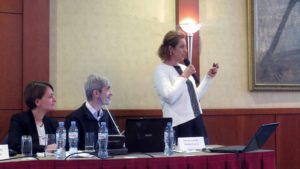
In two recent years, there were no babies born with HIV in Georgia. Besides, according to Maka Gogia, HIV/AIDS Prevention Program Director at the Georgian Harm Reduction Network, in 2011-2017 there was a sharp reduction in the HIV rate among people who inject drugs. While in 2011 the share of such people in the total number of detected cases was 45%, by 2017 such share fell down to 24%. This is a result of free syringe distribution.
The annual dynamics of HIV transmission routes in the new cases of HIV/AIDS shows reduction in new cases among injecting drug users with a growing proportion in the sexual route of transmission, especially in MSM (men who have sex with men). Nino Tsereteli, Executive Director of the Centre for Information and Counselling on Reproductive Health “Tanadgoma” says that a joint study of the AIDS Centre and “Tanadgoma” showed that in the recent years HIV/AIDS prevalence among men who have sex with men exceeds 20%.
According to the AIDS Centre the current statistics are: 43.1% of people living with HIV are injecting drug users; 44.4% get infected through heterosexual contacts, 9.8% – through homo- and bisexual contacts; about 1.5% are children who contracted HIV from their mothers during pregnancy; 0.5% cases are attributed to blood transfusions.
Statistics
As of 1 December 2017, the Georgian AIDS Centre registered 6,711 cases of HIV (5,013 men, 1,698 women). Most patients are 29-39 years old.
577 new HIV/AIDS cases have been detected in 11 months of 2017. ARV therapy is provided to 4,018 patients, including 48 children.
As of 2017, about 12,000 people were infected with HIV, 3,648 patients developed AIDS, and 1,339 died.

